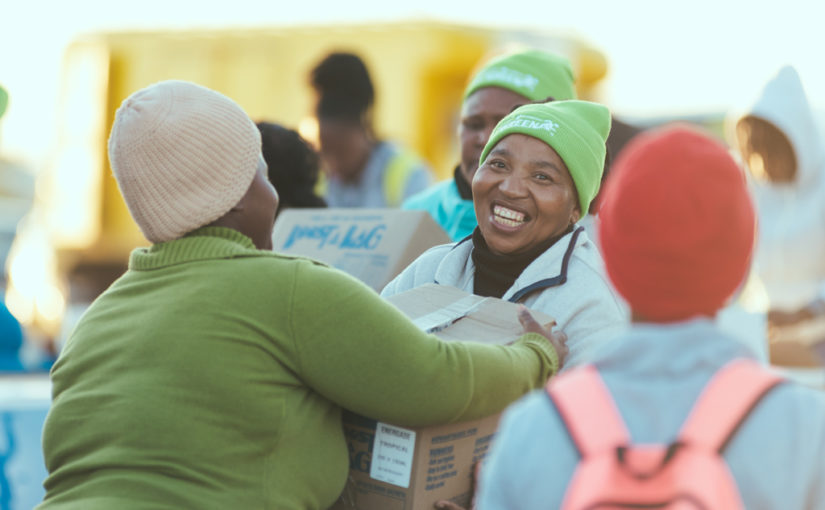Richard Mabaso remembers when he finished matric and was not sure what he was going to do next.
“After the excitement of having our names in the newspaper was gone, my friends and I sat down and tried to think about what we could do to earn a living.”
Richard and his friends started a vegetable garden and a garden service. Eight years later Richard has brought The Indigenous Trees for Life project to his home of Luphisi, a poor rural community of between five and six thousand people located forty-five kilometres from Nelspruit.
The Indigenous Trees for Life Programme run by conservation NGO, the Wildlands Conservation Trust, is a livelihoods programme that helps poor and vulnerable communities to grow a future for themselves. Facilitators teach individuals in these communities how to grow indigenous trees from seed and care for the plants until they reach a certain height. These individuals are referred to as “tree-preneurs.” The trees are then traded for food, clothes, bicycles, agricultural goods and tools, school and university fees and either planted back into the communities or planted out in forest restoration projects.
Richard has been working for the Wildlands Conservation Trust based in Pietermaritzburg since 2002 and was instrumental in developing the tree growing programme across KwaZulu-Natal with Programme Manager Charmaine Veldman where there are now 23 such projects. When the Old Mutual Foundation, a supporter of the programme, were keen to fund a project in Mpumalanga, Wildlands saw an opportunity:
“We wanted to show Richard our appreciation for his contribution to Wildlands over the last six years, and by starting a project in Luphisi, Richard is able to create opportunities for his own community” said Veldman.
There are now 200 tree-preneurs growing indigenous trees in Luphisi, among them Richard’s niece and his mother. The community has produced 12 000 marula trees in about four months, and they are traded in for credit notes which are then used at the ‘tree stores’ to buy goods.
Twelve year old Philsile Mona is a tree-preneur in grade seven in Luphisi : “The project has taught me a lot about nature and I’m currently doing my best to grow enough trees to pay for my university studies when I complete grade twelve in five years time!”
Richard Mabaso is proud to see the project working in his community: “It is special in that I am waking up in the morning and changing someone’s life. I want my community to seize the opportunity and make something out of it.”



